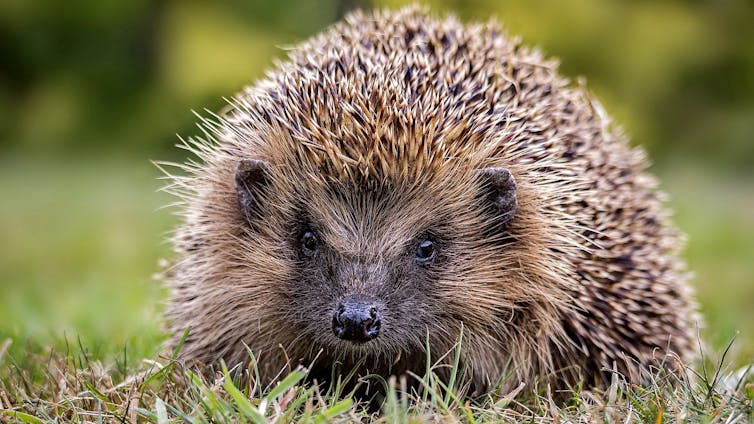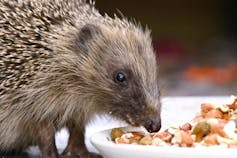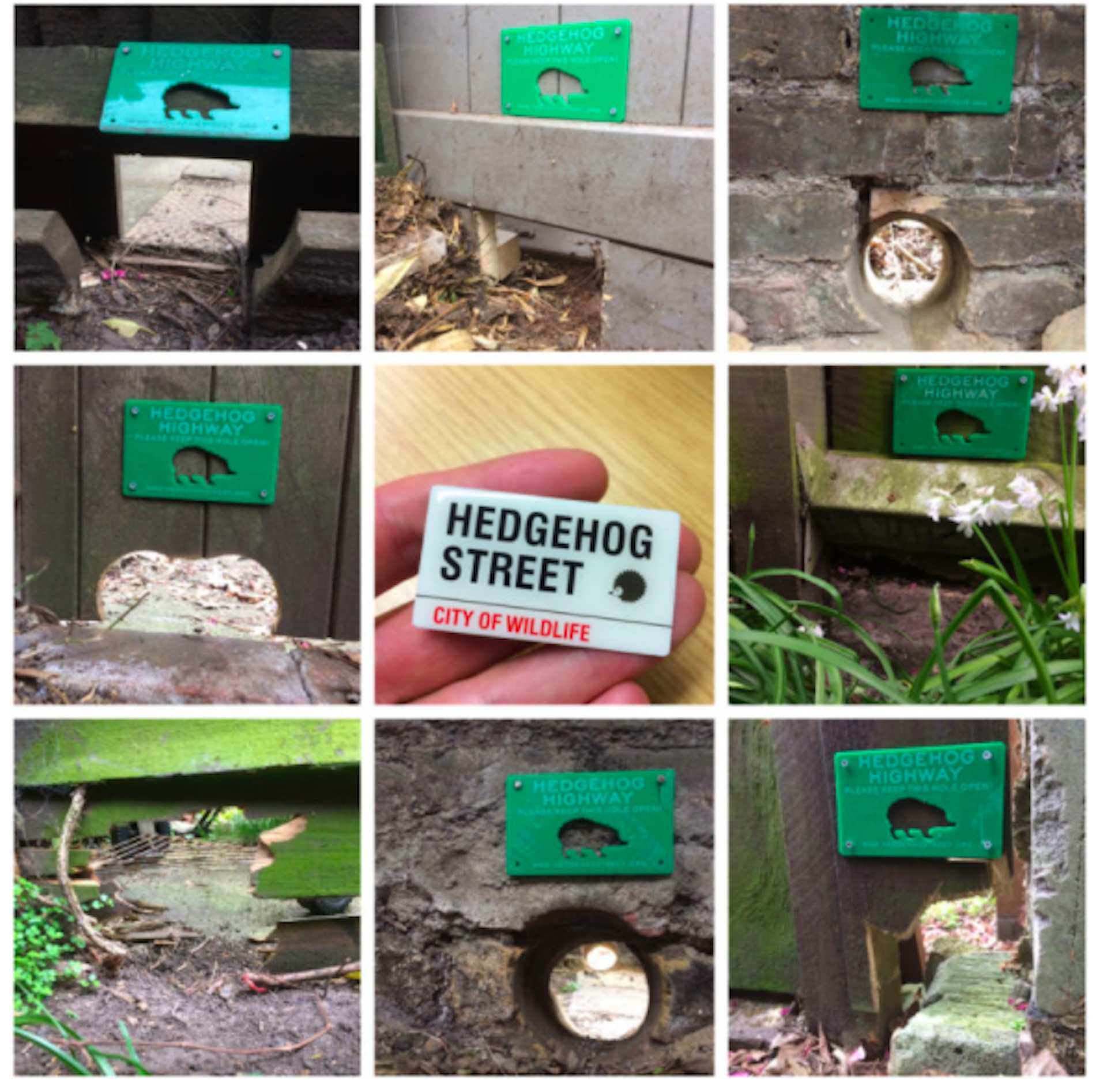Batty about Bats

UK Chiropteran species include three pipistrelle species: Pipistrellus pipistrellus, P. pygmaeus and P. nathusii, along with 15 other recorded bat species in mainland UK.
Volunteer-run local bat groups in the UK have various schemes to install bat boxes and check occupants regularly, as a means of gauging populations, and recording which species are present and using surrounding habitats in these scheme areas. This information is vital for national recording of bat species.
This weekend we were checking bat boxes prior to winter hibernation – when bats go into torpor – weighing individuals, checking for general health, and learning how to distinguish between the three pipistrelle species based on common morphological differences, courtesy of the wonderful volunteers in my local bat group.
It was amazing for me to get so close to these amazing animals which I’ve been studying both personally and as part of my job for a few years! It was a bit like Christmas coming early!
I have now had my first rabies vaccination jab, with the following two vaccinations booked for this month. Once I have rabies immunity I will be able to handle bats and work towards a class licence for bats as part of my work.
I don’t really understand those who don’t think bats are incredible, highly-adapted and fascinating animals, and likewise those who can’t see how cute they are! See for yourself with these images I took while conducting bat box checks with the Staffordshire Bat Group.








It’s time Scotland took on landed interests over animal protections
Mountain hares winning protected species in Scotland was an amazing achievement for Alison Johnstone and the Greens in Scotland. At least 26,000 mountain hares are killed per year, a number which is most likely to be an under-estimate. The backlash from estates was intense. It always is. They do not appear to like their behaviours exposed to the public.
Week after week we hear of raptors (often protected species) killed on estates in Scotland and the rest of the UK, in particular Yorkshire and Derbyshire. This article outlines the need to push harder against large estates and the power they wield in Parliament. Too many estates persecute native wildlife and have done for centuries, usually for the benefit of non-native birds which will be shot (a sport paid for and often subsidised) and agricultural animals. I believe it is also about power and greed.
Land owners have a responsibility to stop and change this outdated approach. We can’t let the systematic destruction of our wildlife on these estates slide any longer. It’s insidious and pervasive, and needs to be stopped.
https://www.thenational.scot/news/18542803.time-scotland-took-landed-interests-animal-protections/
How to stop the humble hedgehog disappearing from British gardens and countryside forever
![]()

Where have all the hedgehogs gone? shutterstock
Daniel Allen, Keele University
When the humble hedgehog was crowned “Britain’s national species” in a BBC Wildlife Magazine poll and “Britain’s favourite mammal” in a Royal Society of Biology poll, no doubt, sentimentalised memories of Beatrix Potter’s The Tale of Mrs Tiggy-Winkle, played a role in swaying public opinion.
Ecologist and author Hugh Warwick explained how:
Beatrix Potter managed to sprinkle some magic over the hedgehog, transforming it into the irresistible companion of our gardens.
But despite their popularity, hedgehogs are now something of a rare sight in British gardens – and are in fact disappearing at the same rate as tigers worldwide. Rural hedgehogs in the UK have halved in number since 2000, while urban hedgehogs have declined by a third. More widely, UK hedgehog numbers have dropped from an estimated 30m in the 1950s to under a million today.
So what’s to blame? We are. Well, the changing lifestyles and tastes of people, to be precise. Farming methods have changed dramatically over recent years – becoming increasingly intensive. This has led to the removal of many hedges, an important habitat for the British hedgehog. It has also had negative implications on their main diet of worms, beetles, slugs, caterpillars, earwigs and millipedes.
The country’s roads are also busier. Hedgehog road deaths are estimated to exceed 100,000 a year in Britain. Road networks also cut through habitats leaving hedgehogs isolated, while our gardens are increasingly becoming more humanised. Lawns have been turned into tarmac for cars, foliage has been torn out, decking added, garden borders peppered with slug pellets, and hedges replaced by impenetrable fences and walls. All of which mean that hedgehogs are not only losing their habitats, but also their chances of survival.
Hedgehog friendly gardens
The plight is such that the British Hedgehog Preservation Society and People’s Trust for Endangered Species launched Hedgehog Street in 2011 to encourage people to champion the species and its habitat.

At the RHS Hampton Court Palace Flower Show in 2014, designer Tracy Foster made Hedgehog Street a reality, creating a summer garden to demonstrate “how neighbours can work together to help hedgehogs by providing routes through garden boundaries”. Sharing slogans such as “no one garden is enough” and “make a hole, make a difference”, the hedgehog haven won People’s Choice for Best Small Garden and the coveted RHS Gold medal. The first permanent Hedgehog Street garden was unveiled at RHS Harlow Carr, in North Yorkshire in April 2017.

Batman Forever: An October Slideshow | Sierra Club
These images are just stunning.
http://www.sierraclub.org/sierra/slideshow/batman-forever-october-slideshow
Black-Light Detects White-Nose Syndrome in Bats
https://www2.usgs.gov/envirohealth/cbp/headlines/2014-09-11-uv_tool.html
“U.S. Geological Survey (USGS) scientists and collaborators discovered that long-wave ultraviolet (UV) light directed at the wings of bats with white-nose syndrome (WNS) produced points of distinctive orange-yellow fluorescence. The orange-yellow glow corresponds directly with microscopic skin lesions that define the current “gold standard” for diagnosing WNS.”
Hybridization patterns in two contact zones of grass snakes reveal a new Central European snake species | Scientific Reports
This is amazing news. Natrix natrix -previously thought to be the only grass snake in the UK – has been found to be genetically distinct from what was previously thought to be a variation rather than separate species, the newly named Natrix venaticus. Studies sampled mtDNA from existing skins and specimens and found clear genetic differences between the two, confirming Natrix venaticus as a separate and distinct species. No living snakes were harmed for the study either, which is always good news.
Peer reviewed study shows non-lethal deterrents effectively protect livestock from wolf predation
The science is there. Will governments and hunters pay any attention to it?
Maned wolf | Smithsonian’s National Zoo
More on the maned wolf, my new favourite animal. Genus Chrysostom.
10 Leggy Facts About the Maned Wolf
I may have found my spirit animal. Chrysocyon brachyurus, Maned Wolf. Magnificent Canidae, prehistoric carnivora lineage. I love them! Can I study them?
http://m.mentalfloss.com/article.php?id=87334

Recent Comments